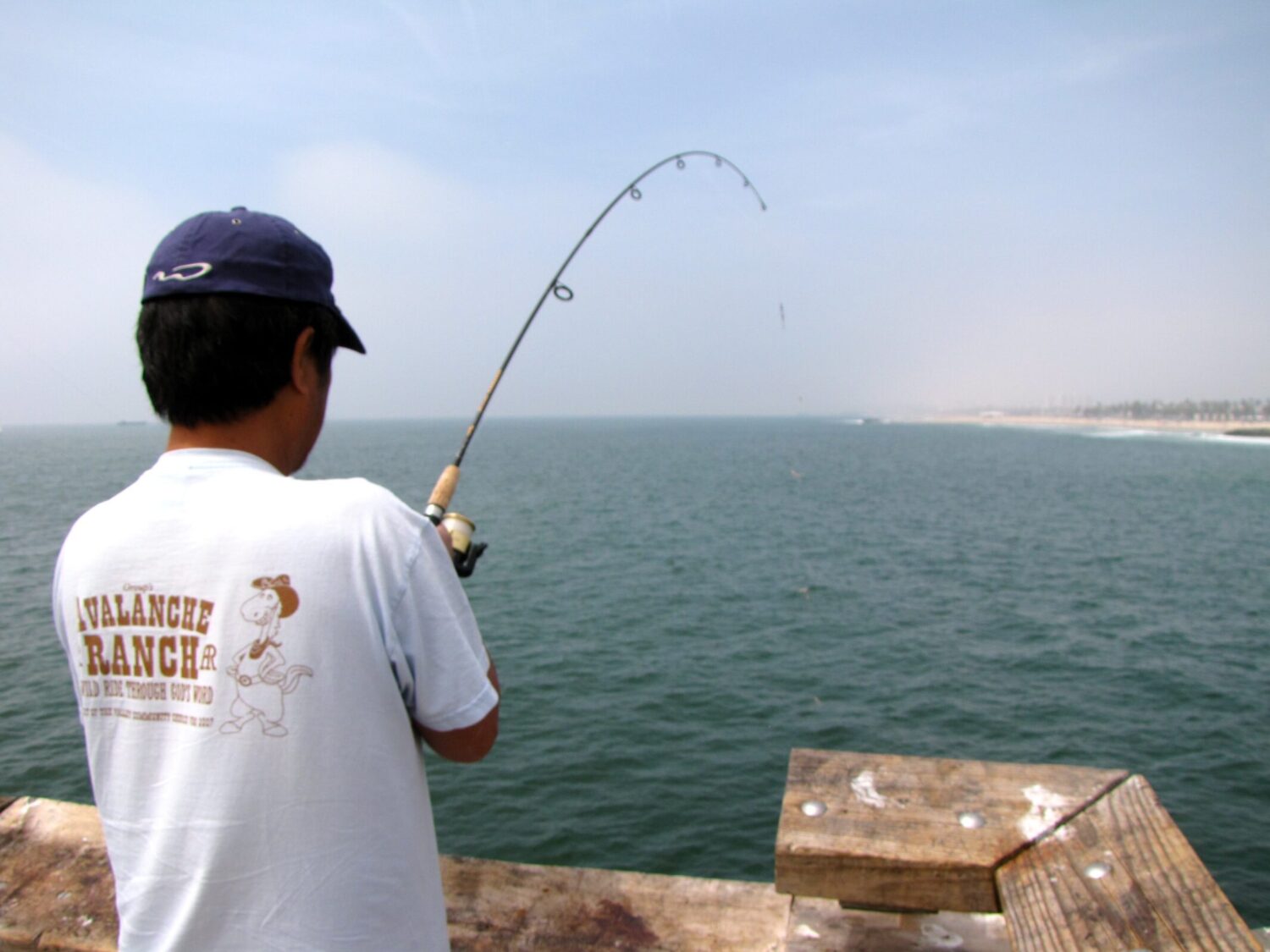How to Find Healthy and Sustainable Seafood in California

Due to COVID-19, the recent closure of all Southern California piers was a major issue for subsistence anglers. As piers now begin to reopen, Heal the Bay’s Angler Outreach Program Manager, Frankie Orrala, gives tips on consuming seafood that is healthy and sustainable.
Staying healthy during COVID-19 is extremely important. Not only should we accommodate social distancing, wear facial coverings when out, and practice good sanitation, but we should also pay attention to the food we put in our bodies. Here are some helpful tips on how to eat healthy and sustainable seafood now and in the future.
Where does seafood sold in the US come from?
Fisheries in the United States are generally well managed thanks to the federal Magnuson-Stevens Act and the California Marine Life Protection Act. However, the US imports over 90 percent of its seafood from abroad, and unfortunately the bulk of it comes from places with weak fisheries management systems or from areas experiencing human rights abuses. When shopping for fish or seafood, it can be difficult to trace a product back to the source in order to understand local management practices and regulations.

How to shop for healthy and sustainable seafood
When purchasing seafood that is labeled with the source location, use Seafood Watch and the Marine Resources Stewardship Council to see if the seafood has been caught sustainably.
Another good way to get sustainably caught fish is by eating seafood sourced locally, especially here in California. Even in the US some fish can be non-sustainably caught, contaminated, or otherwise unhealthy to consume. So it is always best to check Seafood Watch and the Marine Resources Stewardship Council as well as ask your seafood provider if more information is available.
Best practices for fishing in SoCal
In Southern California, many fish caught from local piers are contaminated with DDT and PCBs. Some examples of such fish are white croaker, barred sand bass, barracuda, topsmelt, and black croaker. The best way to avoid eating these contaminants is to choose fish that are deemed healthy to eat and consume only the fillet of certain fish from this area. By eating only the fillet and removing the skin, the organs, and fatty parts of the fish, you can reduce the level of these chemicals and avoid possible negative health effects. People who regularly eat contaminated fish face greater health risks because of prolonged exposure to toxic chemicals.
Heal the Bay’s Angler Outreach Program, through the Fish Contamination Education Collaborative (FCEC), educates pier anglers about the risks of consuming contaminated fish and how they can protect their health. However, not only anglers are exposed to these contaminated fish – some of these fish appear in local markets for consumer purchase.
It’s important to note that exposure to DDT and PCBs will not make people immediately sick. Continuous, low level exposure may build up in the body and increase risk of developing health problems such as chronic health conditions, liver damage, decreased ability to fight diseases, reproductive harm, neurological effects, and developmental effects.
To learn more about eating healthy fish, visit www.pvsfish.org and check out the video below from the FCEC on how to prepare your fish safely.


